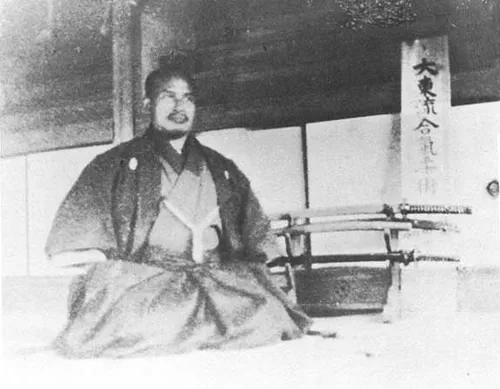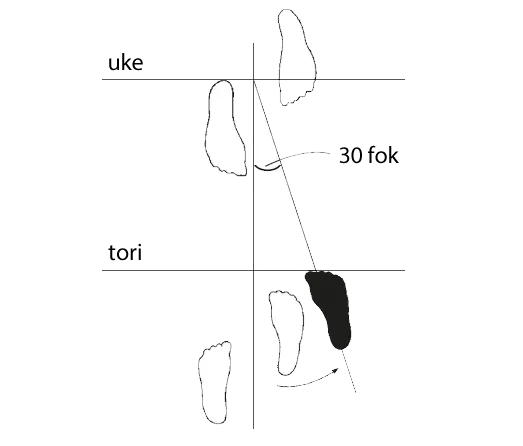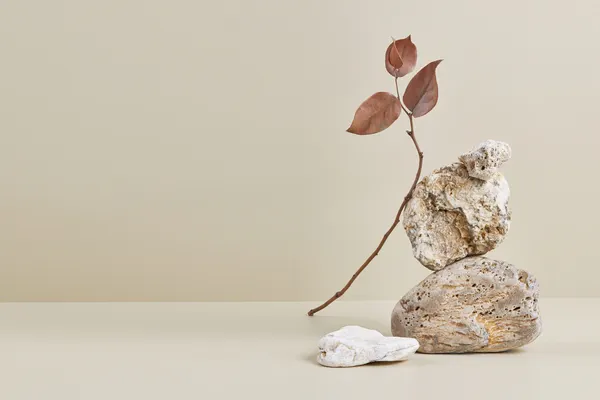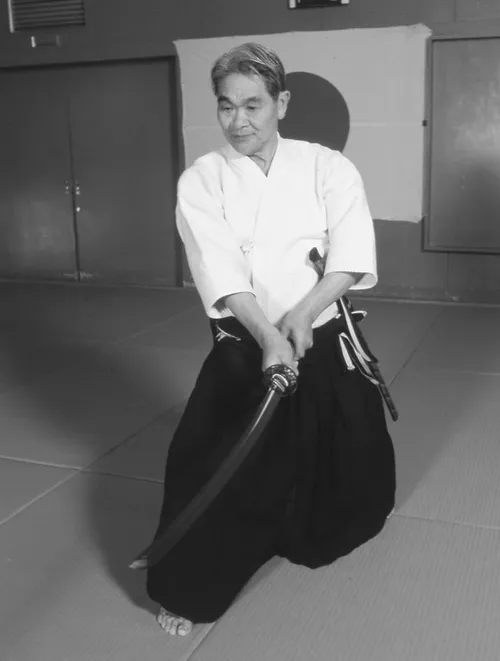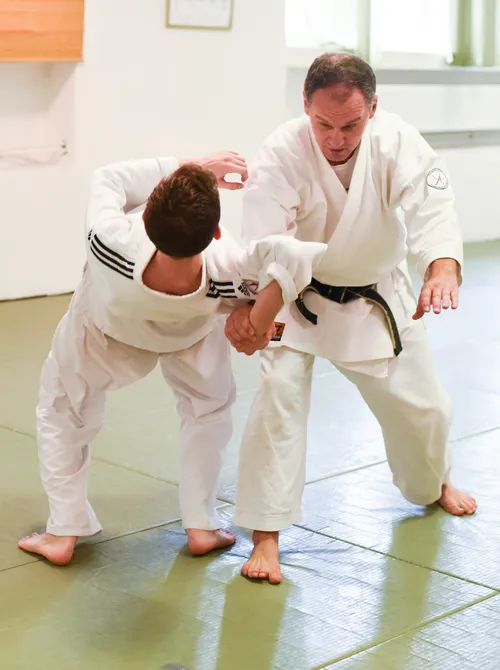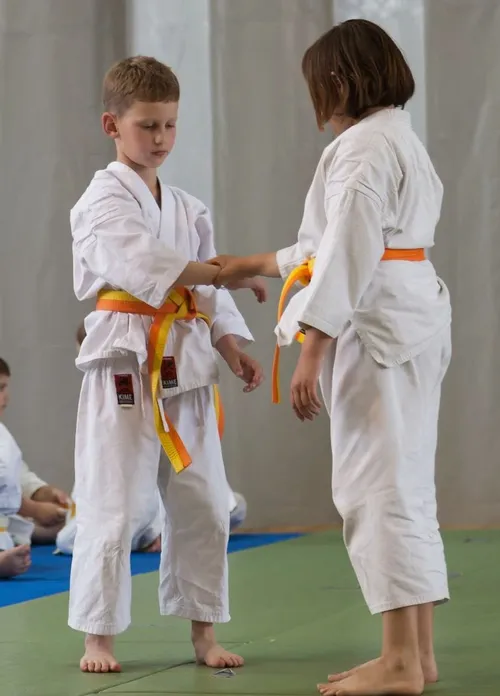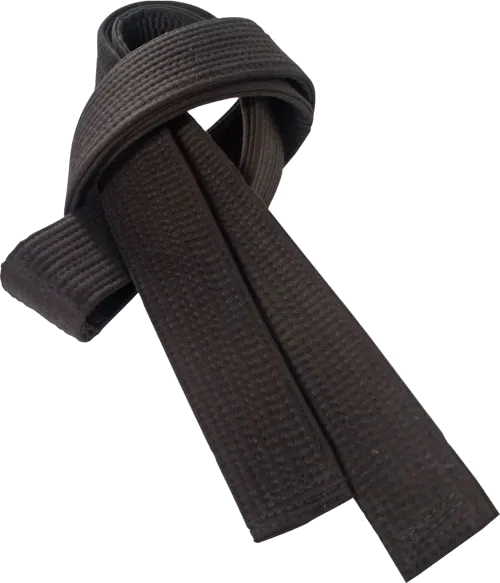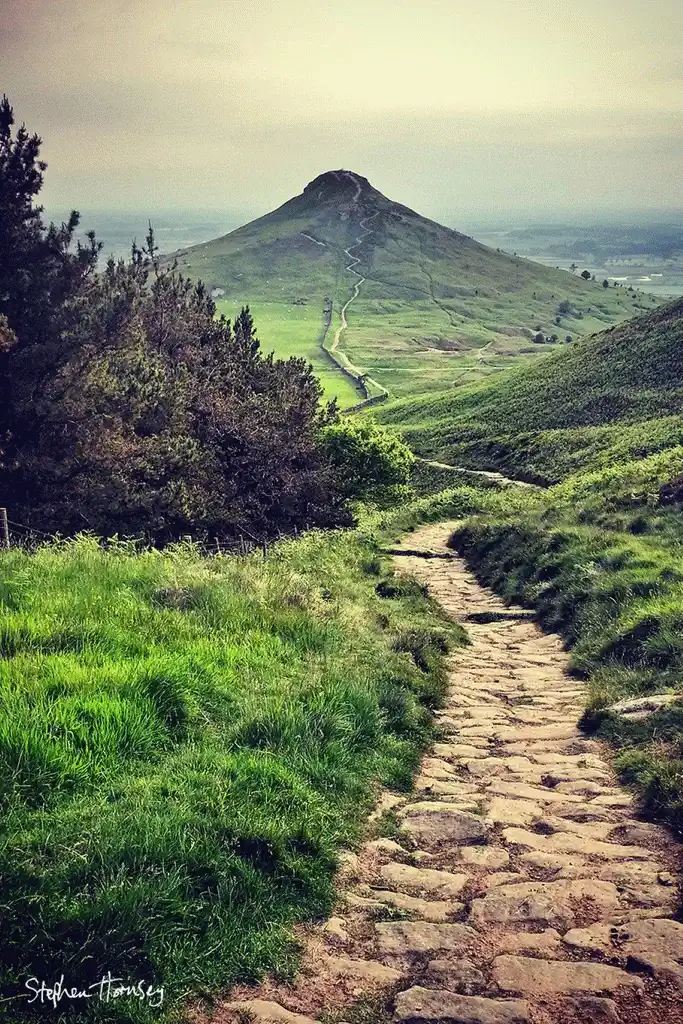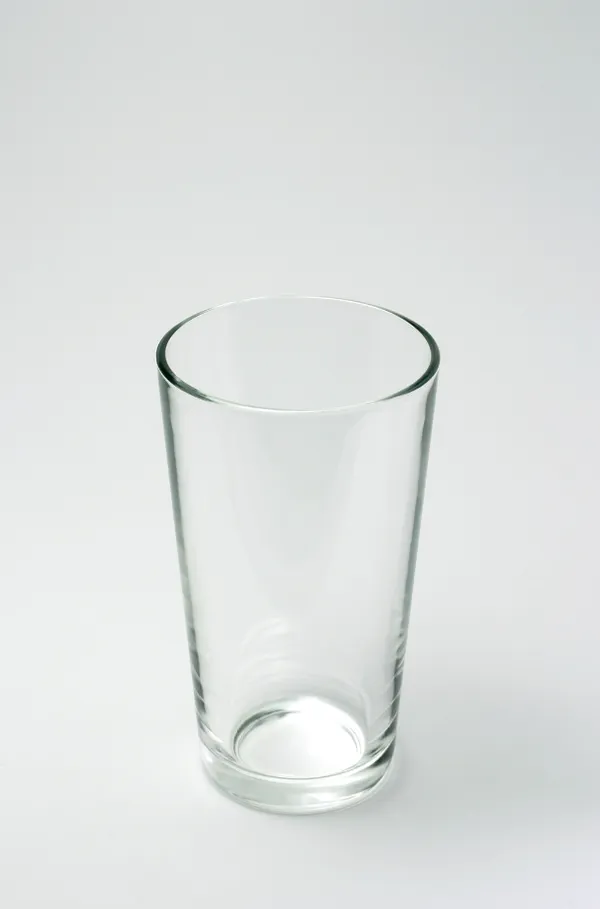What is Aikido?
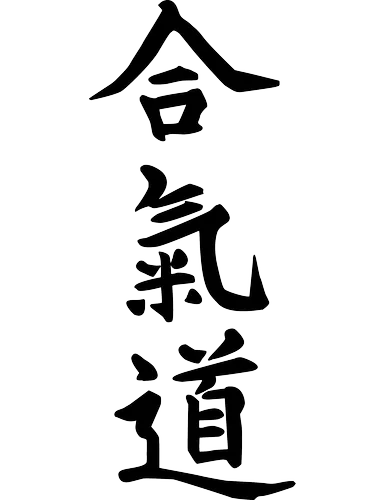
Aikido (合気道) is a modern Japanese martial art, often referred to as "the art of harmony" or, according to the literal translation of its name, "the Way (Do) of unifying (Ai) with universal energy (Ki)". Its founder, Morihei Ueshiba (植芝 盛平, 1883-1969), whom his followers referred to with deep respect as Ōsensei (Great Teacher), developed this unique system in the first half of the 20th century. The primary goal of Aikido is not the physical defeat or destruction of the attacker – quite the contrary. It strives to subtly blend with the energy of the attack, redirect it with circular, spiral movements, and finally neutralize it, all in a way that causes the least possible harm to both the attacker and the defender. This is a path (Do) which, through the practice of precise physical techniques, aims to cultivate inner peace, self-control, and a harmonious, cooperative relationship with others, extending beyond mere self-defense.
